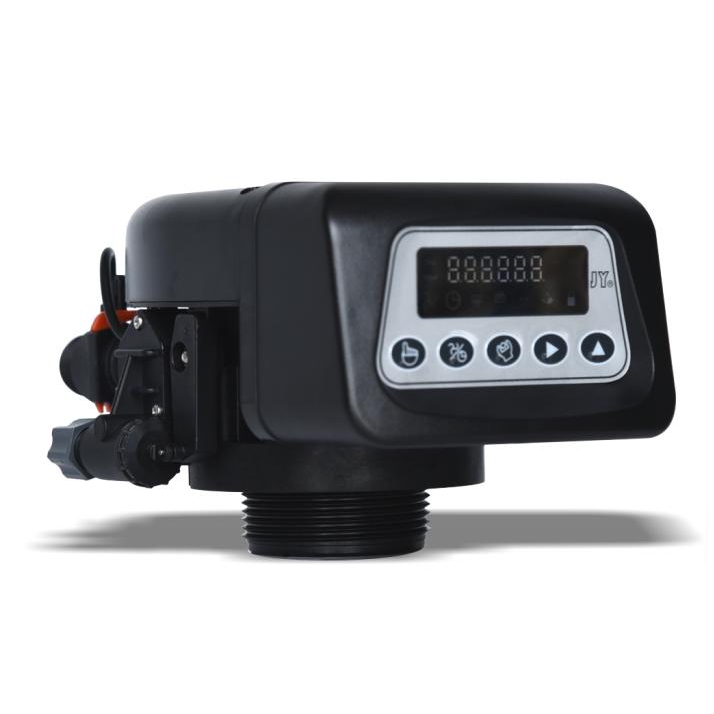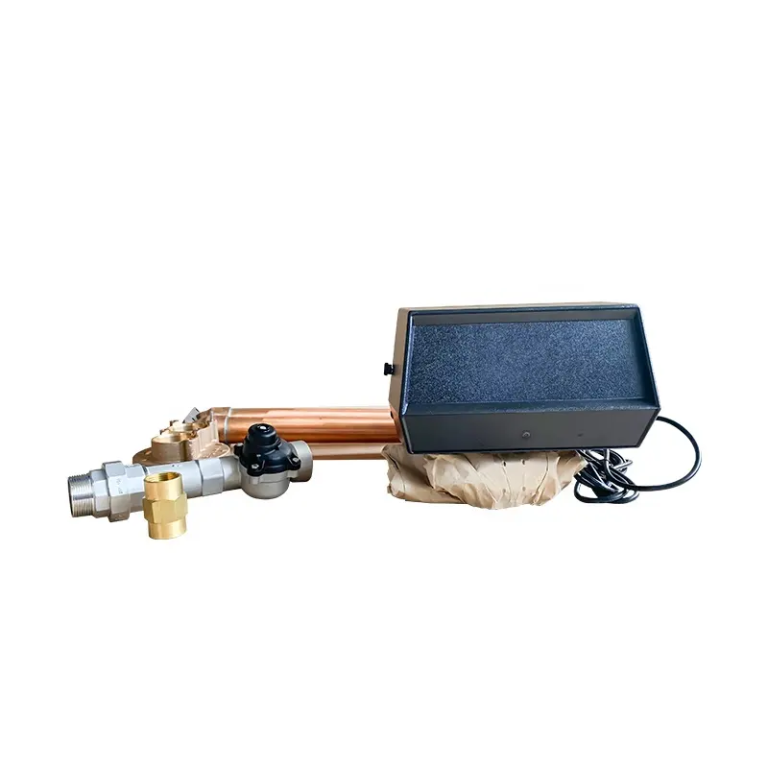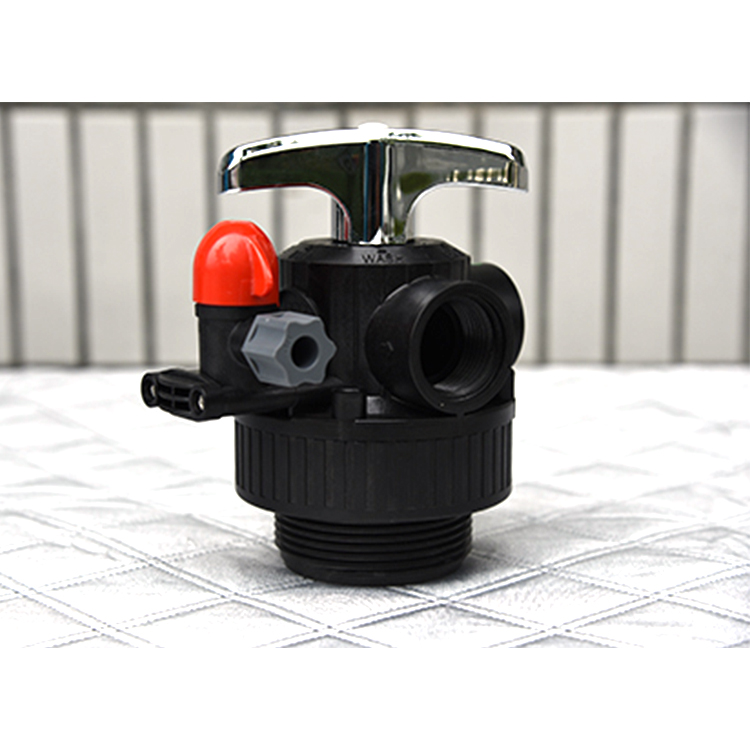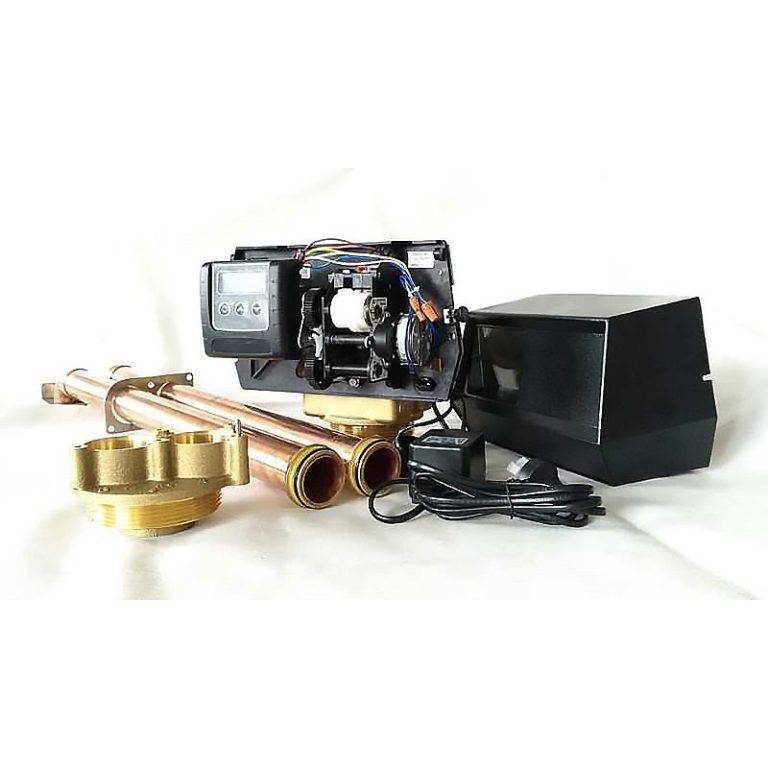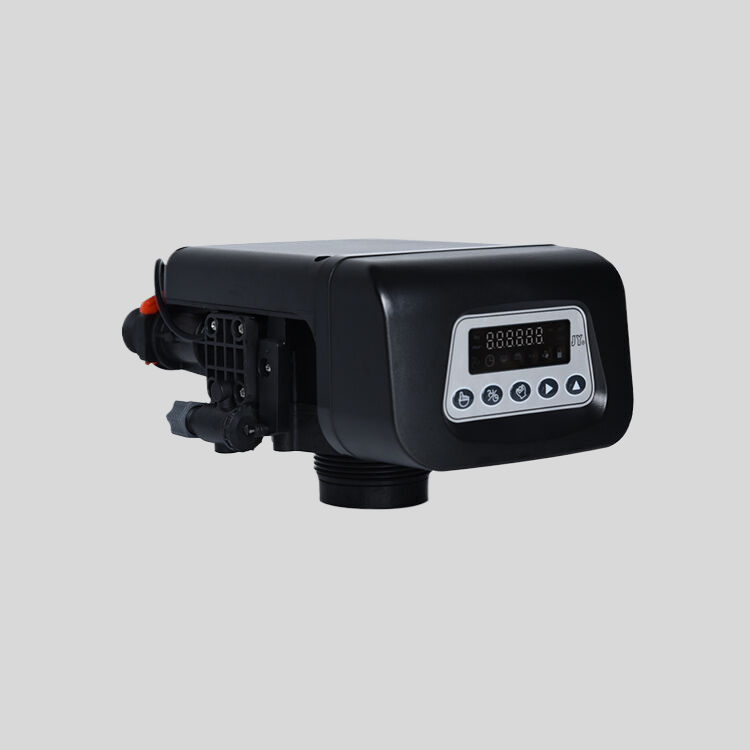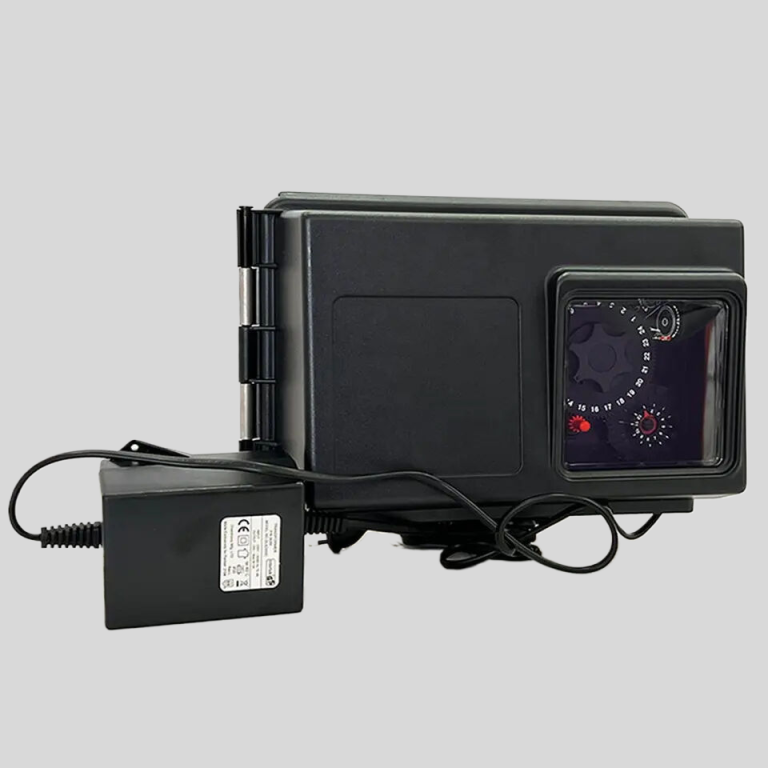Understanding the Functionality and Applications of Electronic Flow control valve Water
The electronic flow control valve water, also known as an electronic water valve, is a crucial component in many water systems. It is designed to regulate the flow of water in a system, ensuring that the right amount of water is delivered at the right time. This article aims to provide a comprehensive understanding of the functionality and applications of this essential device.
| Model: Manual Filter Valve | MF2 | MF2-H | MF4 | MF4-B | MF10 |
| Working Position | Filter -> Back wash -> Fast rinse ->Filter | ||||
| Regeneration mode | Manual | ||||
| Inlet | 3/4” | 3/4” | 1” | 1” | 2” |
| Outlet | 3/4” | 3/4” | 1” | 1” | 2” |
| Drain | 3/4” | 3/4” | 1” | 1” | 2” |
| Base | 2-1/2” | 2-1/2” | 2-1/2” | 2-1/2” | 4” |
| Riser pipe | 1.05” OD | 1.05” OD | 1.05” OD | 1.05” OD | 1.5”D-GB |
| Water Capacity | 2m3/h | 2m3/h | 4m3/h | 4m3/h | 10m3/h |
| Working Pressure | 0.15-0.6Mpa | ||||
| Working Temperature | 5-50 °C | ||||
| Power Supply | No need Power | ||||
The electronic flow control valve water operates through a combination of mechanical and electronic components. The mechanical part of the valve is responsible for opening and closing, thereby controlling the flow of water. This is typically achieved through a rotating or sliding mechanism that adjusts the size of the opening through which the water passes. The electronic component, on the other hand, is responsible for controlling the mechanical part. It receives signals from a control system, interprets these signals, and then adjusts the mechanical part of the valve accordingly.

The control system that sends signals to the electronic flow control valve water can be programmed to respond to various factors. For instance, it can be set to increase or decrease the flow of water based on the time of day, the temperature, or the level of demand. This allows for a high degree of precision and flexibility in controlling the flow of water.
One of the key benefits of the electronic flow control valve water is its ability to provide real-time control over the water flow. This is particularly useful in situations where the demand for water can fluctuate rapidly. For example, in a large office building, the demand for water can vary significantly throughout the day. By using an electronic flow control valve water, the building’s water system can adjust quickly and efficiently to these changes in demand, ensuring that there is always an adequate supply of water.
Another significant advantage of the electronic flow control valve water is its potential for energy savings. By precisely controlling the flow of water, it can help to reduce the amount of energy required to pump the water. This can result in significant cost savings over time, making the electronic flow control valve water a cost-effective solution for many water systems.
The electronic flow control valve water has a wide range of applications. It is commonly used in irrigation systems, where it can help to ensure that crops receive the right amount of water at the right time. It is also used in industrial processes, where it can help to control the flow of water used for cooling or cleaning. Additionally, it is used in municipal water systems, where it can help to manage the distribution of water to homes and businesses.
| Model | Central tube | Drain | Brine tank connector | Base | Maximum power | Operating temperature |
| 5600 | 0.8125″/1.050″ O.D. | 1/2″NPTF | 1600-3/8″ | 2-1/2″-8NPSM | 3W | 1℃-43℃ |
In conclusion, the electronic flow control valve water is a versatile and efficient device that plays a crucial role in many water systems. Its ability to provide real-time control over the flow of water, combined with its potential for energy savings, makes it a valuable tool for managing water resources. Whether it is used in an irrigation system, an industrial process, or a municipal water system, the electronic flow control valve water can help to ensure that water is delivered where it is needed, when it is needed.
